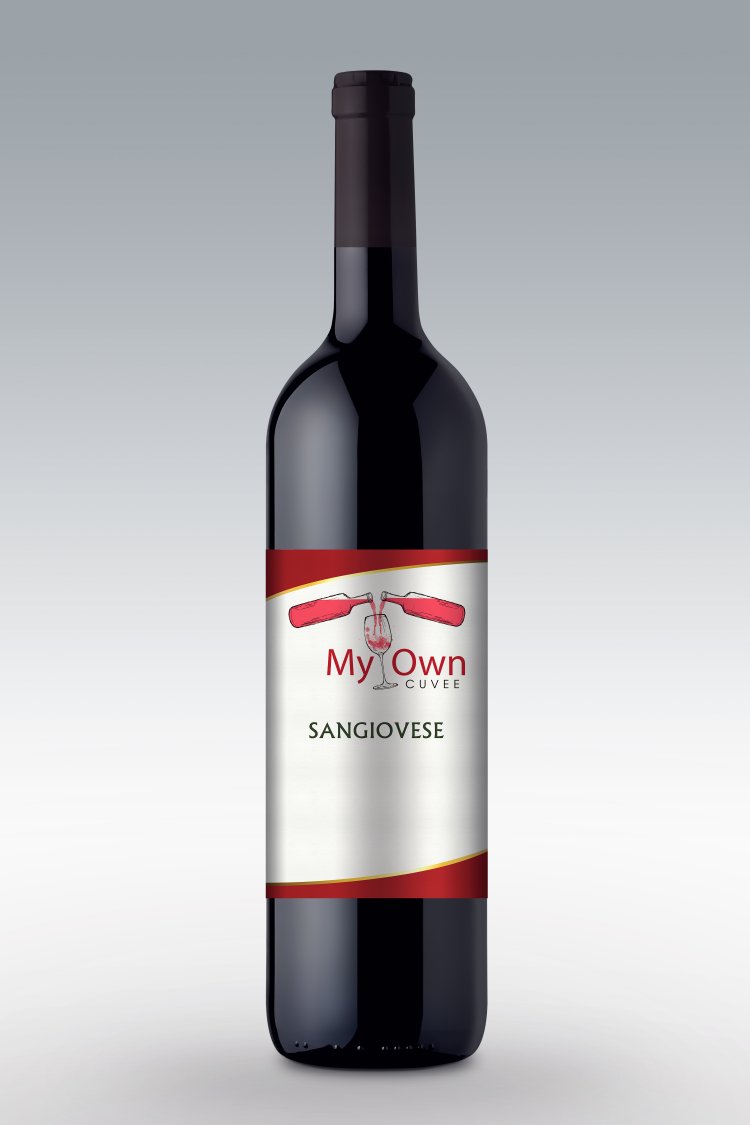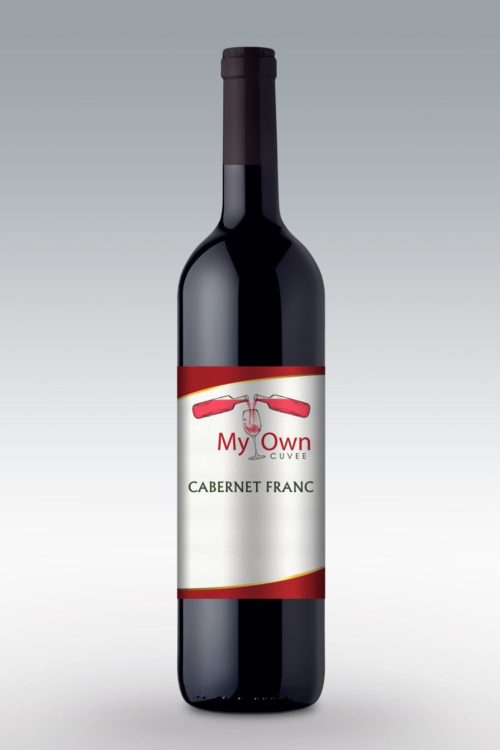| Grape Variety | Sangiovese |
| Color | From very light to very dark. |
| Aroma | Dark red fruits. |
| Body | From very light to very heavy. |
| Wine Making Flavors | Often heavily oaked and slightly oxidized. |
| Blended with: | In Chianti it is blended with red and white wines. In the ‘Super-Tuscans’ it is blended with Cabernet Sauvignon. The Brunello grape is a Sangiovese Grosso clone and yet still shows as the finest example of Sangiovese. |
Sangiovese
CHF18.50
Product Description
Sangiovese wine guide: grape, history and organoleptic characteristics
If there is a grape that for history and personality has always been intriguing students, connoisseurs and wine enthusiasts, this is Sangiovese. If lovingly grown, with low yields and dense planted vines—at least 3500 or 4000 plants for hectare—it can be the perfectly balanced wine, with a fine floral and aromatic bouquet. But it’s fragile. For this reason so much attention is needed when it’s blended with other vines that can overmatch it and during the grapes ripening, which must be slow to let the tannins mature gradually, otherwise the wine becomes unpleasantly grumpy or a hypertrophic fruit bomb.
Sangiovese can beautifully stand long aging, if made in big casks that wisely sculpt its body, while a too aggressive use of French barrels can intoxicate the wine flattening its roundness. From this great grape we can make both a noble Brunello, which can last for decades, or a five liter keg great for unblocking sinks.
How can we recognize Sangiovese is not the question, better to ask ourselves: “Where does the Sangiovese that I’m drinking come from?”, because identifying it is not so hard. There are some hints that can help you, first of all the refreshing complexity of the bouquet, which ranges from the fragrance of violet, cherry, rose, sour cherry, peony, mulberry—especially in Romagna’s Sangiovese—plum, carob, rhubarb, tomato jam, licorice and anise, to the aromatic waves of tea, thyme, marjoram, pine wood and caper that you can smell in some Sangiovese coming from vineyards near the sea, so Morellino and bottles from Marche and Romagna’s shores.
And finally we have a barrage of mineral-earthy aromas—starting from at least three years old bottles, especially in Chianti Riserva and Brunello—like truffles, mushrooms, moss, bitter herbs, fern, pencil lead, flint all prowling in a chalky undergrowth, but it’s the dark, wet smell of earth and bark-leaves that must make the bell in your head ring, not as much as in a Barolo, but it’s irrefutably fascinating. Clearly there are plenty of memories coming from the oak, like sandalwood, cloves, cinnamon, tobacco, mocha, espresso, walnuts, cola nut, pepper, caramel and vanilla, but they must be soft, integrated in the earthy body-layers, otherwise the freshness could be compromised.









